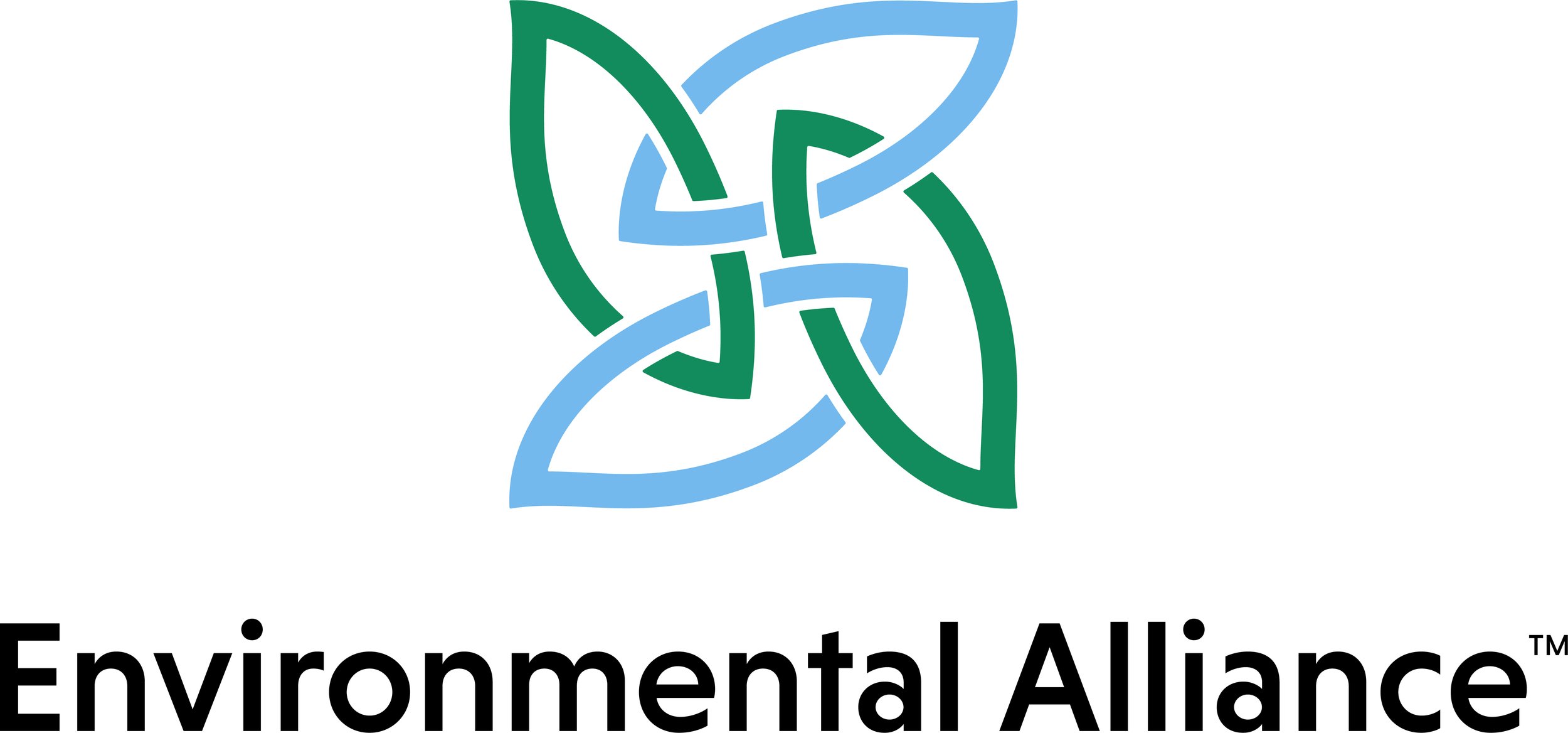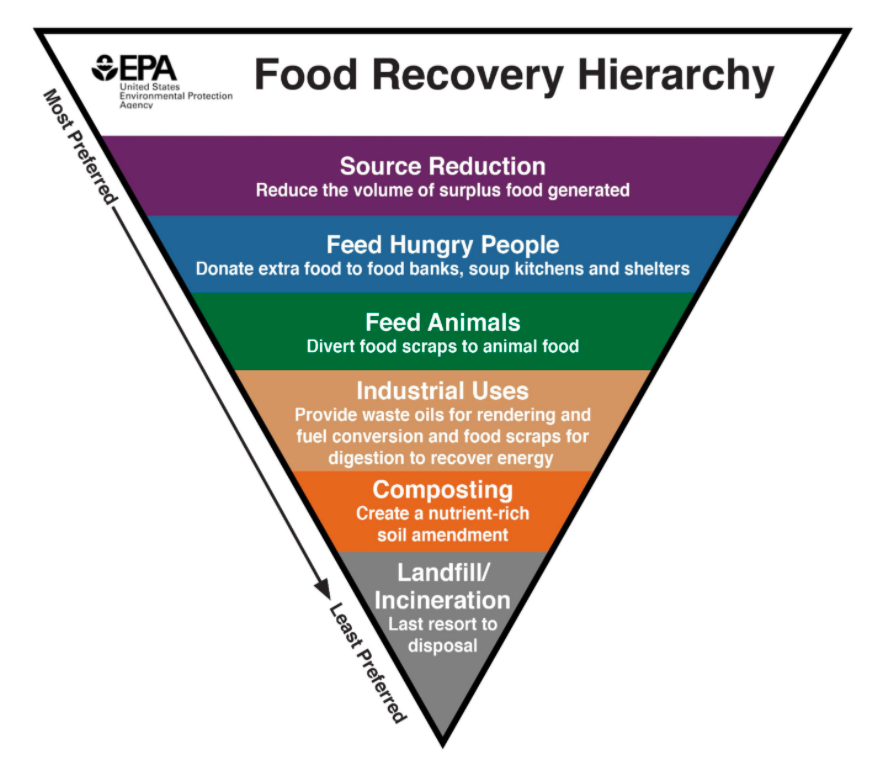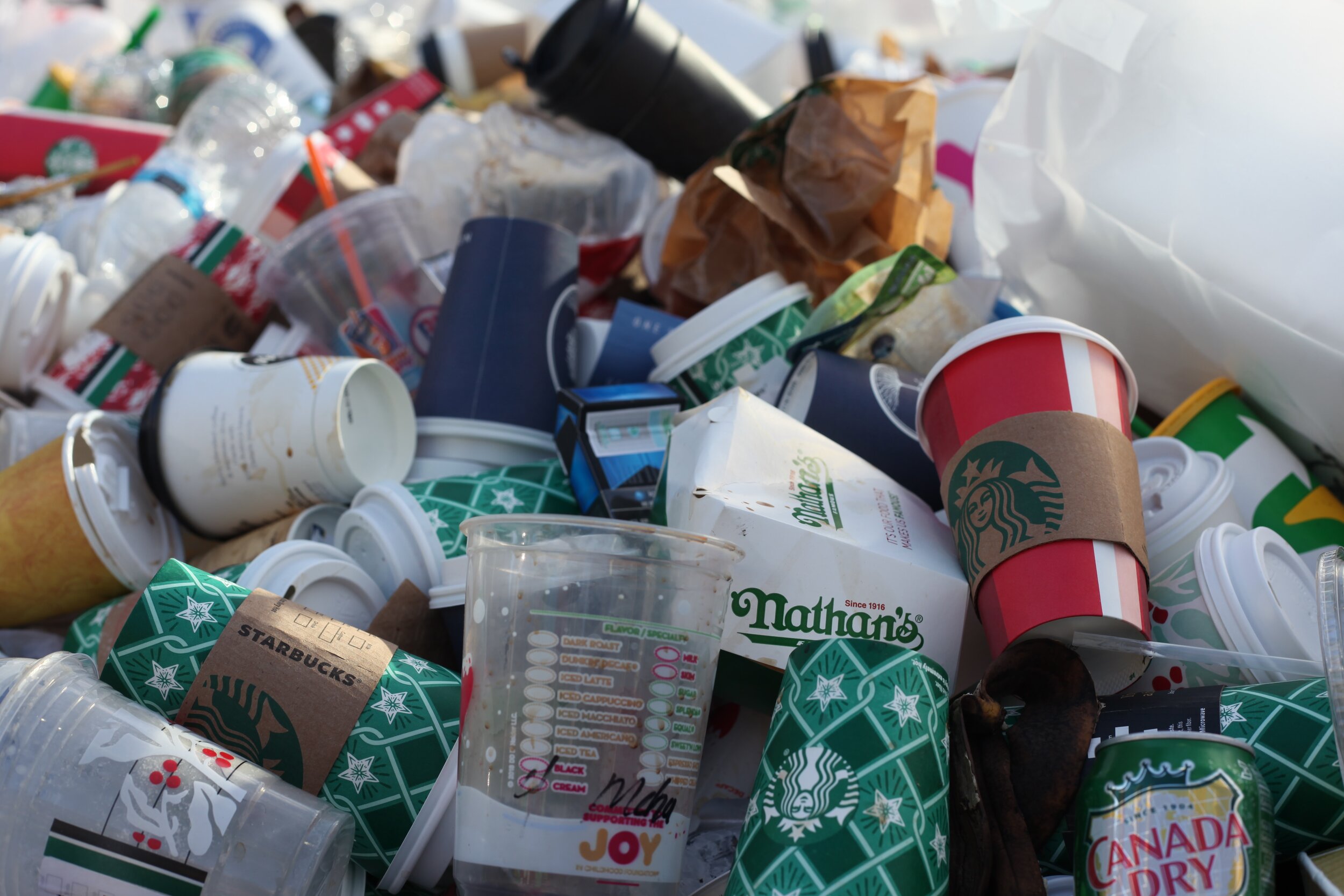The Food Industry, Waste, and You
Photo by Louis Hansel on Unsplash
Waste creeps into our daily lives in seemingly unavoidable ways. The products we buy—and even the food we eat—often go hand-in-hand with waste.
The food industry’s products contribute heavily to landfills, both through food waste and packaging waste. You may not think much of leaving half your meal on the plate at a restaurant or accidentally letting products go past their expiration date, but these actions pile up. Waste related to our food is a significant contributor to our waste overall.
According to the U.S. Department of Agriculture (USDA), food waste takes up 30-40% of America’s food supply. In a country where food insecurity runs rampant, cutting down this waste could make a huge difference. An estimated 135-160 billion pounds of food is wasted in the U.S. each year, and most of it is edible and could be redistributed to people in need.
On top of food waste, the food industry also produces packaging waste. The Environmental Protection Agency (EPA) notes that containers and packaging make up 23% of the waste in landfills, and many of those containers are food-related.
So, where does all this waste come from, and how can we reduce those numbers?
We would appreciate your support.
To launch us into our next fiscal year in good financial health, we’re asking for your support. And we’d especially appreciate it if you could commit to a sustaining gift to provide reliable income through the next 12 months. 100% of your donation is used to support professional authors (less the credit card transaction fee).
We’re a nonprofit organization and every gift, no matter how small, goes toward creating independent, research-based journalism. Thank you in advance.
Photo by Brooke Lark on Unsplash
Where does food loss and waste come from?
First, know that there are two kinds of wasted food: food loss and food waste.
Food loss is when food goes uneaten at any point while it is edible. If it is left unharvested, damaged during travel, discarded at the store, or forgotten in the fridge, it’s considered food loss. Food waste is a specific kind of food loss. It’s the food that looks too “ugly” to sell, the milk you weren’t able to finish before the gallon went bad, the scraps you toss while cooking, and the meal you couldn’t finish while dining out.
Food loss occurs at every step of the journey from farm-to-plate.
Due to damage, market conditions, cosmetic damage, food safety scares, and labor shortages, around 20 billion pounds of produce is wasted on farms each year (for more on this, see FoodPrint.org). In addition, 78.3 million tons of waste are from discarded fish and fish parts in fisheries annually. From there, more food is lost during packing, manufacturing, and transporting produce, meat, and fish. Even when it reaches its destination, food is often wasted due to imperfections, lack of demand, or equipment problems. Consumers further contribute to this waste when they buy too much, cook more than they need, or throw out extra or expired food.
In 2010, the EPA estimated that each person was responsible for roughly 219 lbs of food waste. Consumer waste is the majority of food waste in the U.S.—around 40-50% of the food waste in the country happens at the household level.
Food waste and the environment
At all levels, food waste contributes to the amount of waste in landfills and the amount of greenhouse gases in the atmosphere. The food industry causes 13% of greenhouse gas emissions in the U.S. alone.
Thankfully, there are ways to dramatically decrease this impact. The USDA and EPA have already begun by setting a goal to cut our food waste in half by the year 2030. Ideally, when this number is reduced, there will be more food for people struggling with food insecurity. Anything that’s not fit for use will be sent to animals or composted, and what’s left will be sent to landfills as a last resort. This is the vision set up in the EPA’s Food Recovery Hierarchy, and it is entirely achievable.
Food industry packaging waste
In addition to food waste, there is also packaging waste in the food industry. Waste in packaging comes in large quantities and in many forms. It’s also the majority of the litter affecting waterways, according to the EPA. If we’re looking for how to change that, we can target the source.
A 2017 chapter in the research publication Paradigms in Pollution Prevention identifies the 4 R’s—Reduce, Reuse, Recycle, and Recover—as the best options for industrial waste management and optimization of the solid waste produced by the food industry. They break down the steps of the process and outline how regulators and the food-processing industry can work together to achieve maximum benefits for the environment.
Landfill-free facilities are possible
Though it may seem doubtful that companies will be motivated to change their practices for the sake of the environment, some have already begun making the change.
All of Nestlé USA’s facilities were landfill-free as of 2015. They implemented the 4 R’s and are continuing to improve upon their strategies to cut down on manufacturing by-products. They also have employee-driven in-house recycling and partnerships with other organizations that assist in cutting down their waste. It seems a lofty goal, but landfill-free facilities are not an impossible standard.
Photo by Jasmin Sessler on Unsplash
What can we do about food industry waste?
Waste may seem unavoidable, especially when it comes to food. Still, there are several things we can be doing to minimize our amount of waste in the food industry, in both packaging, and with our food. Limiting or completely reducing the amount of food waste sent to landfills will reduce the number of greenhouse gasses discarded food releases into the atmosphere. It will also cut down the amount of packaging littering waterways and other ecological features, interfering with the growth and preservation of these areas.
We have the information, and now it’s time to put our knowledge to use. Here are some ideas for small steps you can take to reduce the amount of food waste in your home and community.
Encourage local restaurants to have an eye on waste. The EPA has created a toolkit called Reducing Wasted Food & Packaging: A Guide for Food Services and Restaurants on how to reduce wasted food and packaging. You can act locally by sending it to local restaurants with encouragement to read and implement the suggestions.
Order thoughtfully when dining out. While restaurants are on your mind, next time you dine out, try to either order smaller portions, split the meal with a friend, or show up extra hungry to cut down on leftovers. When shopping for your next meal at home, eat beforehand to avoid over-buying, and go to the store with a specific meal plan, so you purchase only what you need.
Seek out imperfect foods that might otherwise go to waste. Look into shops or services where you might be able to purchase “imperfect foods,” the produce may not be up to store standards, but it is edible and often discounted for the interesting shapes it grows in.
Compost food waste at home. Composting is also a popular way to reduce food waste in your household. Next time you prepare to scrape the leftovers off your plate or toss the veggie scraps from your chopping, remember what you’ve learned about wasted food and find an alternative to that waste.
Just as small bits of waste quickly pile up, these small changes will grow to make a big difference.
+ 6 References
“Food Waste FAQs.” U.S. Department of Agriculture, https://www.usda.gov/foodwaste/faqs
“The Problem of Food Waste.” Foodprint.org, GRACE Communications Foundation, https://foodprint.org/issues/the-problem-of-food-waste/
“Reducing Food Waste Packaging.” U.S. Environmental Protection Agency, https://www.epa.gov/sites/production/files/2015-08/documents/reducing_wasted_food_pkg_tool.pdf
“Food Recovery Hierarchy.” U.S. Environmental Protection Agency, https://www.epa.gov/sustainable-management-food/food-recovery-hierarchy
Khedkar R., Singh K. (2018) Food Industry Waste: A Panacea or Pollution Hazard?. In: Jindal T. (eds) Paradigms in Pollution Prevention. SpringerBriefs in Environmental Science. Springer, Cham. https://doi.org/10.1007/978-3-319-58415-7_3
“Waste Management in the Food Processing Industry.” BioEnergy Consult, https://www.bioenergyconsult.com/waste-management-in-food-processing-industry/
Cleanup News is an all-volunteer organization dedicated to bringing individuals and organizations together with the shared mission to encourage a clean outdoors. We’re growing because of giving individuals that recognize the positive aspects of our mission. CleanUp News is your source for news about the industry.




